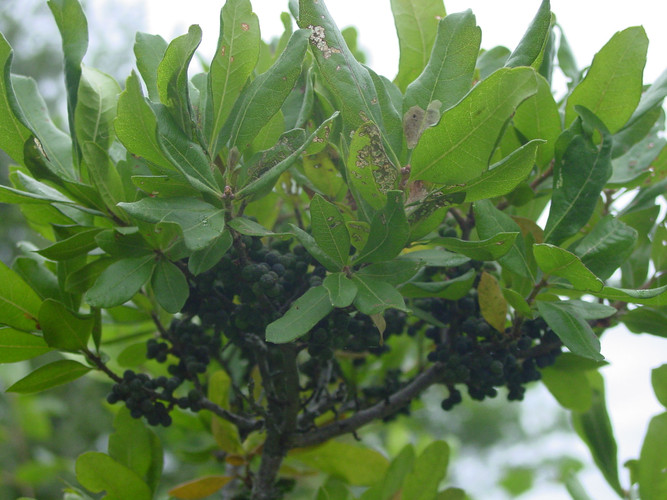Cuttyhunk Island in the 1960s and 70s?
It was a different world than it is now. Old Mrs. Haskell, the school teacher, who wrote a history of Cuttyhunk (The Story of Cuttyhunk, by Louise T. Haskell [New Bedford, MA: Bradbury-Waring, 1953]), lived on the main street. She wore dark, cloudy-rimmed, glasses, and long, old print dresses to below her knees, and also wore big, black, supportive shoes. She was overweight and wrapped her legs because of this, and also had short, curly, white hair. I think she had lived in New England much of life, and worked as the Cuttyhunk school teacher for decades. New Englanders are fascinating.
The Cuttyhunk store's entrance, where we got candy before the Saturday night movies, faced what is now the Museum of the Elizabeth Islands and the Cuttyhunk Historical Society, next to the Town Hall (town of Gosnold). Mrs Haskell lived in the front of this building.
Cuttyhunk was a fun place for kids, because there's a lot of freedom, and I learned to sail here, and taught sailing here, as well.
*
While the social changes of the 60s and 70s were in the air in the U.S., the western world in particular, and around the world {e.g. the hippie trail, and all those hippies who journeyed to the east, and all over}, Cuttyhunk experienced its own social innovations and experimentation. Alan Westin, Jr. built a windmill with his own money on his own land, so the Town of Gosnold could have wind power, but the town wouldn't buy the hook up, so it stood over Cuttyhunk for decades, a Don Quixote-like structure of unrealized potential, and beauty. The Liberos, two professors (Linguistics and Sociology) at small Massachusetts' colleges, explored radical left politics, were very generous with their home, and friends, and often went quahogging at the west end of the island, and sailing in their little (Herreshoff designed) Bullseye named after a Meville novella. Martin wrote a novel which he never published, and Bella is working on the 5th edition of an progressive sociology text book.
They partly self-funded, wrote and co-edited (with compassionate, left-leaning friends) a little newspaper, "Survival News," which homeless people could sell on the street to make money. They also continue to be editors, to this day, of the journal "New Politics" (newpolitics.mayfirst.org/index.php).
**
Kids experimented a lot here on Cuttyhunk, and found freedom, as well as summer jobs.
And friendships, over generations, emerged. Cuttyhunk can be a very supportive and friendly place, and a place of continuity amid all of the changes in the modern world, and is a place people return to again and again. It's kind of a 'spiritual' place, a community, for some, because in returning here, old friends reconnect, and people, in general, come to feel connected again.
***
Bayberry (Myrica cerifera) - http://eol.org/pages/21945 - is a very common, and good smelling shrub here - . More soon ...
(On March 1, 2011, I replied to an email inquiry about this blog post which mentions Mrs. Haskell, Richard Taylor's grand aunt: http://scott-macleod.blogspot.com/2011/03/rosehips-and-waves-remember-mrs.html).
(http://scott-macleod.blogspot.com/2009/05/bayberry-cuttyhunk-island-in-1970s.html - May 24, 2009)
Sunday, May 24, 2009
Subscribe to:
Post Comments (Atom)





1 comment:
I wanted to thank you for this posting. I came across it when I was researching my Grand Aunt Louise T Haskell( Grandfather's Sister). I would be interested in any additional recollections or information you might have on her. Her maiden name is Hattie Louise Taylor and the last information I was able to find was the 1930 Census. She was still single at 36 and living on the island at that time.
Thank you
rdtaylor@frontier.net
Post a Comment